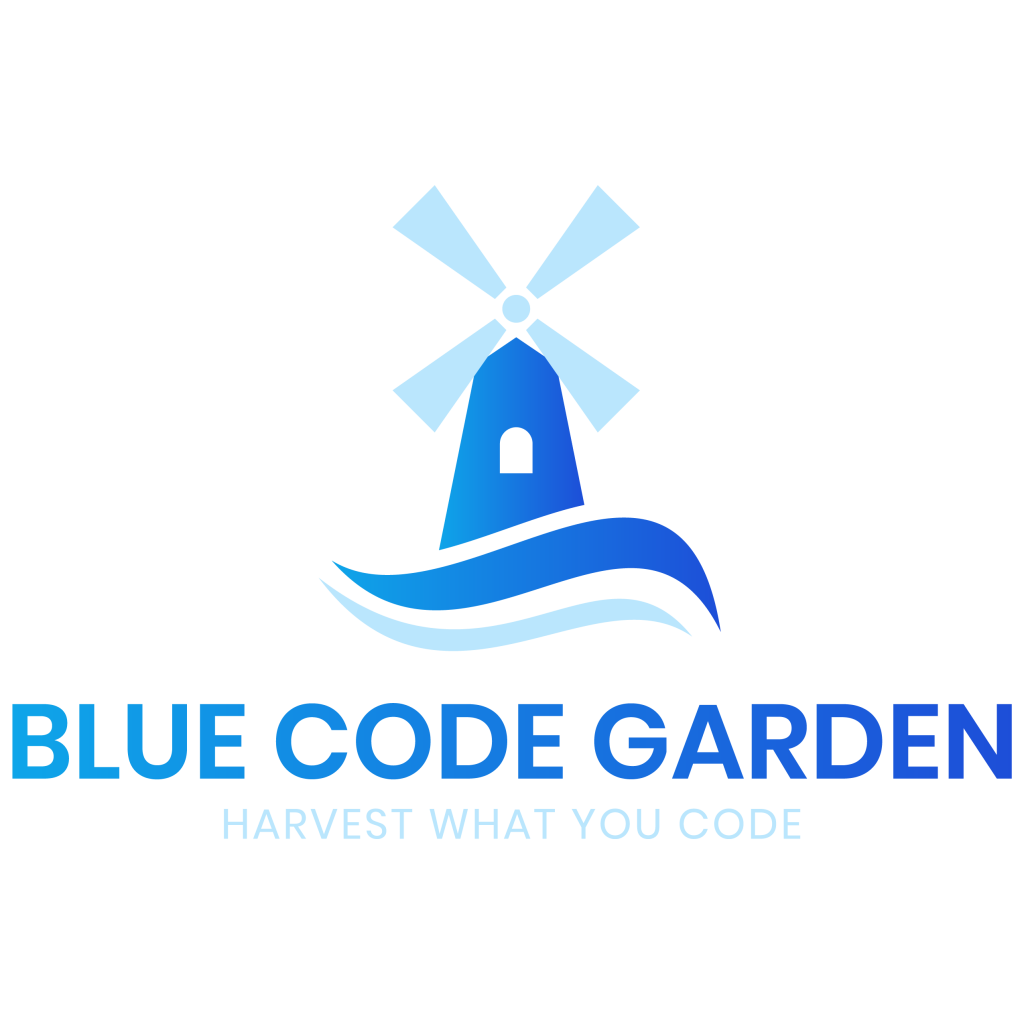At Blue Code Garden, we understand the challenges faced by startup entrepreneurs. With our years of experience, we have assisted numerous startups in overcoming the technical hurdles they encounter. While off-the-shelf software solutions are popular for their affordability and accessibility, they may not always meet the specific requirements of your business. Through custom software development, we address this issue and help your organization grow. Curious about the aspects involved in software development for startups and how we approach projects at Blue Code Garden? Read on.
Custom software for startups
Startups often have unique needs and desires when it comes to software that standard software packages can’t fulfill. On the other hand, custom software provides the flexibility to develop a system tailored specifically to the unique demands and strategies of a startup. Custom software aligns better with business processes and aids the organization in working more efficiently and growing.
Software development for startups: The process
As a startup founder, the goal is always to do more with less. You want to find a way to bring your product to market quickly, efficiently, and effectively. Custom software helps you achieve your goal. But it’s important to understand the process before diving in. We guide you step by step through what you’re getting into.
Phase 1: Choosing the right software partner
The first step in the software development process is selecting the right software partner. It’s crucial to find a partner that aligns with your specific needs and has experience in developing software for startups. Asking for references and examining their previous projects can be helpful.
Phase 2: Define the purpose of your product
Congratulations, you’ve found a partner! The next step isn’t immediately moving on to product development. A good partner critically evaluates your idea: is it ready for the market, or does it need refinement? We offer specific advice depending on the startup’s maturity, including aspects like concept development, customer journeys, UI/UX design, high-fidelity prototyping, and development. We also critically assess the startup’s viability by considering factors such as chances of success, feasibility of the business model, customer willingness to pay, target audience size, and appropriate marketing strategies to reach this audience without excessive marketing costs.
Phase 3: Development using scrum method
In this step, we begin developing a Minimum Viable Product (MVP). An MVP is a product or service with just enough features to provide value and satisfy customers. It gives them a taste of what your company has in store. First, the product backlog is created. This is a list of all desired software functionalities and features, in order of priority. The product backlog is developed collaboratively by the client and the development team.
The next step is sprint planning. A sprint is a defined period of two weeks during which the development team works on a subset of the product backlog items. During sprint planning, the items to be included in the upcoming sprint are decided. Our development teams work closely with the client during sprints, regularly delivering working software. Our developers also hold short daily stand-up meetings to discuss progress and potential obstacles. At the end of the sprint, the delivered software is reviewed with the client and the development team. What went well and what could be improved is discussed. Any adjustments are incorporated into the product backlog.
Phase 4: Testing MVP and delivery
After several sprints, the MVP (Minimum Viable Product) is ready to be tested by end users. We analyze the feedback and make adjustments to the MVP based on insights received. We don’t stop testing and refining until everyone is satisfied. Then it’s time for launch. The development team and the client discuss the final version of the software and ensure it’s installed and configured.
Phase 5: Maintenance and continued development
Maintaining the software is an ongoing process in which our development team ensures the software continues to meet customer requirements. This includes not only bug fixes and updates but also proactive evaluation of whether the software needs further development.
Work together to develop software for your startup?
The secret behind the successful solutions we create for our clients? At Blue Code Garden, we genuinely understand the needs and requirements behind a project. We deeply explore all functions and design elements important to end users and work closely with our clients to ensure they’re seamlessly integrated. Furthermore, in addition to our software development expertise, we have substantial experience in guiding startups, being aware of both the opportunities and risks startups encounter.
Whether you’re in the initial stages of your startup, have an idea, developed a first prototype, or secured your first investment, we’d love to connect with enthusiastic entrepreneurs. We’re available to discuss new ideas, implementations, business models, and complete prototypes. Feel free to reach out to us!

